The terrifying weapon that often appears in Hollywood blockbusters - the Japanese samurai sword
Amid the torrential rain, a car roared towards us at lightning speed. The man stood motionless in the middle of the road, his face still cold. Just as the car was about to hit him, he waved the Japanese sword in his hand. Amid the raindrops flying, the car was split in two with a single slash...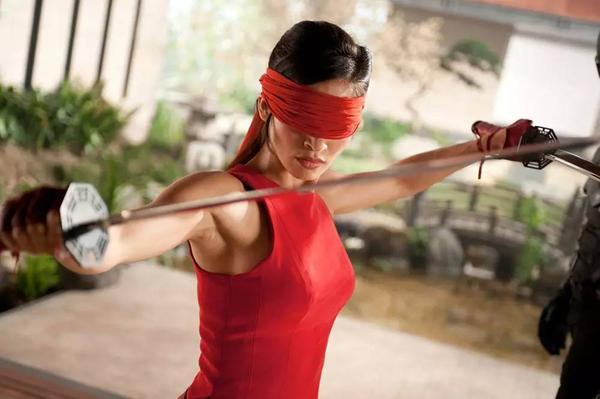
This is a scene from the Hollywood sci-fi blockbuster "The Matrix". The Japanese sword in the movie, capable of slaying cars, zombies and predator warriors, is invincible and has undoubtedly become the top weapon in Hollywood blockbusters.
The Japanese use of knives to cut down cars is just bragging, but when it comes to cutting down low-quality knives and guns, they are unambiguous.
How terrifying are Japanese swords?
Sharpness is one of the most terrifying aspects of the Japanese sword.
The highest praise for swords and knives in ancient China could be summed up in thirteen words: "They can cut through hair with a blow, slice through iron like mud, and kill without leaving any blood." In the novel "Water Margin", there is a chapter about Yang Zhi selling knives. Under the persistent efforts of the ruffian Niu Er, Yang Zhi patiently demonstrated the functions of blowing off wool and cutting through iron like mud. However, what Yang Zhi chopped was copper coins that were much softer than iron. If you are interested, you can go home and find a well-crafted and heavy kitchen knife that can also cut through copper coins.
"Cutting iron like mud" is, of course, an artistic exaggeration. In fact, the shardest knife in modern times should be the ophthalmic scalpel mixed with diamond powder in hospitals, but it still cannot achieve the effect of cutting iron like mud.
When it comes to the sharpness of swords and spears, ancient Japan has many legends with strong literary overtones. For instance, if a precious sword is inserted into a stream with the blade facing upstream, the fallen leaves carried by the current will automatically split in two when they hit the blade. For instance, the famous general of the Warring States period, Tadatsugu Honda, had a famous spear called "Dragonfly Cut", which was extremely sharp: if a dragonfly accidentally landed on the tip of the spear, it would be cut into two pieces due to the pressure of its own weight. Even in Japanese legends, there is a famous sword that can kill without leaving blood, called "Murayama". After killing someone, dew will automatically flow out from the blade to wash away the blood.
From Japanese costume dramas, we often see some wandering people holding newly forged knives hiding behind trees, waiting for passing merchants, wandering monks and beggars to pass by and use them to kill and test the knives. If you are satisfied, you can name this knife on the spot. For instance, if a rice vendor is killed, it is called a "rice vendor knife".
However, more wealthy people choose to spend money to buy the corpses of death row inmates, lay straw under them, hire specialized knife testers, and choose auspicious days to test the knives. If a corpse is cut off with one stroke of the knife, the words "Ichigo Cut" can be engraved proudly on the handle of the knife. This can be extended to "Ichigo Cut", "Mitsuo Cut", and so on. It is said that the famous Japanese sword "T ō zi Cut" (a favorite sword of Minamoto no Yoritomo during the Heian period in Japan, named after the legend that it killed the monster "T ō zi who swallowed Wine"). This knife was made by the renowned swordsmith, Yasunaga Oe, and is a national treasure of Japan. It once cut through six corpses with one stroke, and the blade hit the ground through the straw.
How could such a tiny island nation produce such a sharp and precious sword? People in the Ming Dynasty were always full of doubts about Japanese swords. Even the great scientist Song Yingxing was puzzled: "I don't know what hammering technique (the Japanese sword) was used. It has not been passed down in China." During the Jiajing period, Tang Shunzhi, the minister who fought against the Japanese pirates, speculated: "I heard that when the Japanese were first cast, they were buried in a deep well at a certain age."
Qu Dajun, a naturalist of the late Ming Dynasty, made an even more bizarre investigation: "I heard that in his country, whether it was a chieftain, a king or a foreigner, when they were born, they were put into a stream that was quenched a hundred times a year. After a dozen years of tempering, they only made three knives." Its length is measured by the human body, with the longest being five or six feet, which is considered an upper Treasury knife. The middle one is a waist knife. The shorter one unlocks the wrist knife. At the time of the initial smelting, cattle and horses were killed to offer sacrifices to the swordsmen. The swordsmen would predict the day of the smelting and put poison in them. The knives were then buried in the ground. The moon would pour the blood of the people and horses into the sacrifices. As a result, the knives often had divine powers. Its complexion is unpredictable. Every gust of wind and rain is about to burst forth, with a sound, resounding in the box. It is obvious that the way of thinking of people in the Ming Dynasty still could not break away from the traditional Chinese sword-making pattern of "dripping blood into the blade and throwing it into the furnace".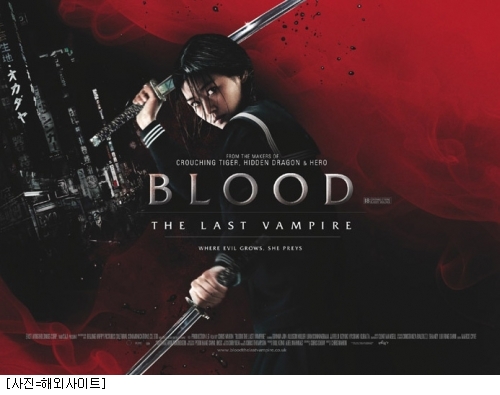
Today, we can finally explain the doubts of the ancient people.
Theoretically speaking, for a knife to be sharp, it must be hard; the harder it is, the sharper it becomes. However, if it is too hard, it is prone to breakage. Therefore, ancient swordsmen often spent their entire lives researching how to make the blade sharp without breaking. The Japanese knife is academically known as the flat segmtured compound dark patterned blade. It is made from low-temperature high-carbon steel through repeated forging, quenching, smelting and grinding. In short, after a series of meticulous carbon-adding hammering, quenching and grinding by the swordsmith, the hardness and toughness of the blade edge can be ensured. Of course, it also requires very meticulous maintenance work when in use.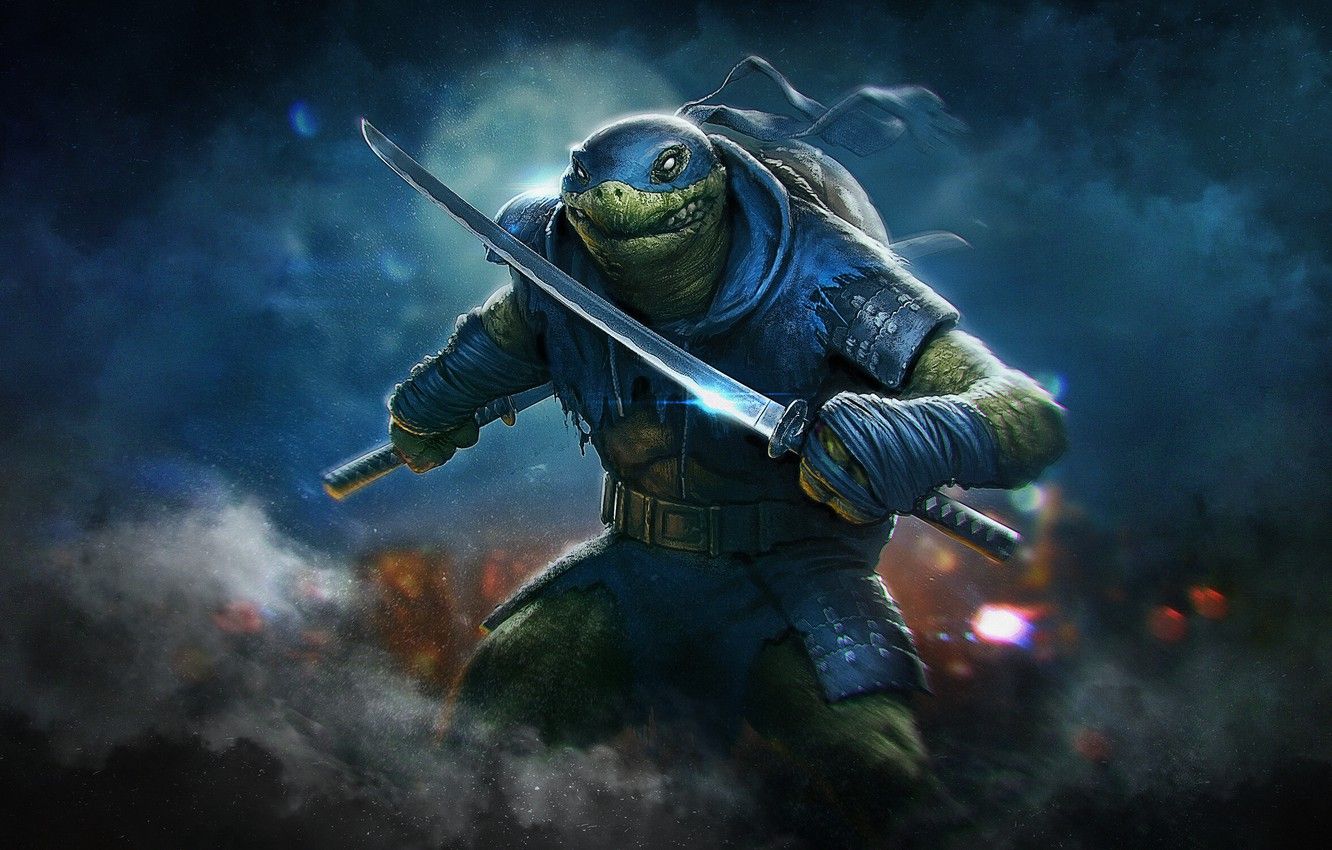
Apart from the meticulous craftsmanship, the unique arc-shaped moon-shaped design of the Japanese knife is also the secret to its extraordinary cutting ability. First of all, the curvature of the Japanese knife itself conforms to the principles of engineering design and physics. Holding the knife with both hands enables one to freely display the maximum cutting range at various angles as desired. Secondly, the blade of a Japanese knife has a sharp bevel, combined with a thick blade body, resembling a wedge, which is most suitable for cutting. For flesh and blood, such a swift and powerful weapon can definitely deal a devastating blow.
In the National Geographic documentary "The Legend of the Samurai Sword" of the United States, the effects of using various world-famous swords to cut a dummy were demonstrated. Only the Japanese sword split the dummy diagonally in two, and the cutting effect was superior to that of the Damask Sword, which is also a world-famous sword.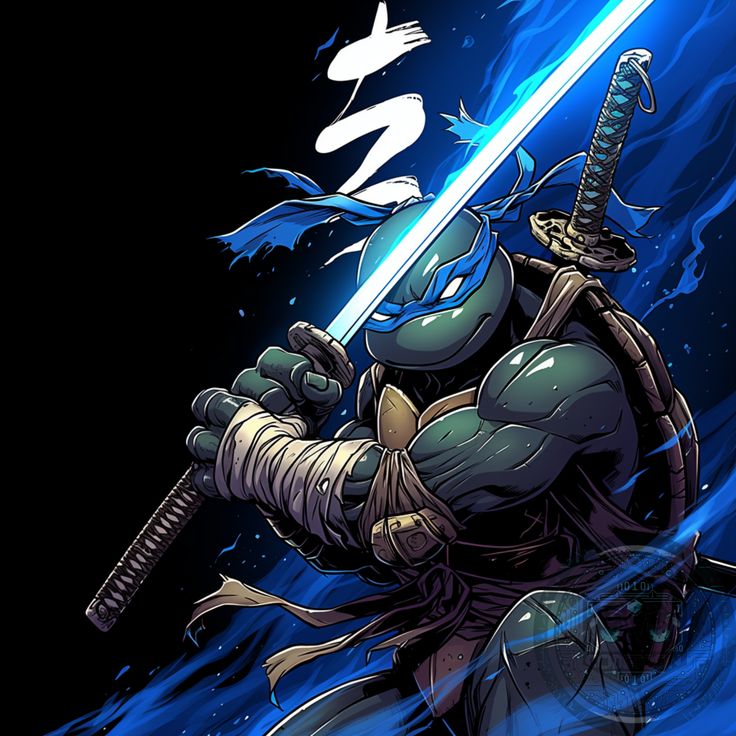
Japan is a country with low resources. Apart from a small amount of iron sand, it was impossible to extract any fuel sources that could generate high temperatures at that time. The harsh natural environment forced the artisans to come up with ingenious ideas. After hundreds of years of refinement, they finally developed the world's shardest Cold Beauty Blade, which is truly admirable.
When the Japanese sword was introduced to Europe during the Edo period, it was immediately impressed by the Europeans and, along with ukiyo-e, was hailed as one of the two wonders of the East. However, Europe, whose industrial technology was far superior to that of Japan, was unable to restore the craftsmanship of the Japanese sword no matter what! Even to this day, although the craftsmanship of Japanese swords is no longer a secret, it is still no easy task to grind a fine Japanese sword. According to the National Geographic documentary "The Legend of the Samurai Sword", it takes fifteen people half a year to forge a samurai sword using the ancient forging method.
The prototype of the Japanese sword originated from the Tang sword of the Tang Dynasty. Unfortunately, we ourselves have lost the craftsmanship of our ancestors.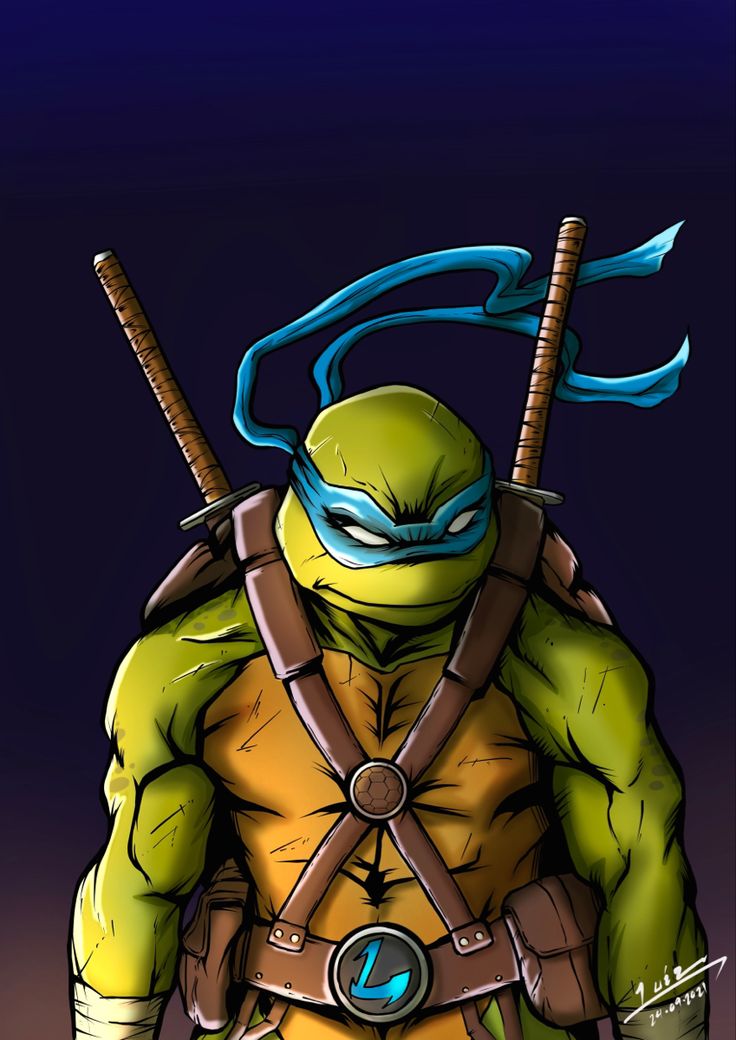
However, the technique of repeatedly refining steel was lost after the Tang Dynasty. After the Song Dynasty, most of the military knives used in China were forged from steel bars, which were too rigid but not flexible enough, and were prone to rust and breakage.
The reason for the loss of sword-making skills is quite simple: the feudal rule in China was too strict. Take the Song Dynasty as an example. It was not allowed for the common people to privately keep swords and knives. Anyone who violated this rule would be put to death. The technical materials for forging swords and knives were even a taboo for those in power. Moreover, due to the long period of peace and the emphasis on literature over military affairs, the wearing of swords and knives by scholars and officials was purely for decoration rather than practicality. As for the blacksmiths in the local area, if they can forge hoes for plowing fields and kitchen knives for cutting vegetables, they are considered qualified.
By the Ming Dynasty, the craftsmanship of swords and knives had deteriorated day by day. Qi Jiguang once complained that military knives, "If they do not penetrate deep enough and the blade tip is bald, they will become stubborn iron."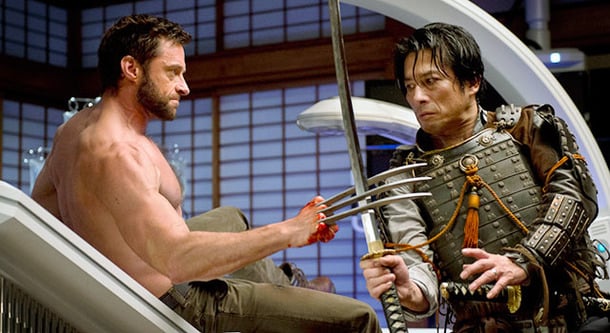
How could stubborn iron kill the enemy and win? Qi Jiguang soon imitated Japanese swords in the army and produced them in large quantities. Later generations also called them "Qi-style military swords". In the Qi army of Jizhen, the Wa Dao had become a standard piece of equipment. "All the birds in charge, give a long Wa Dao."
However, even if both the Ming soldiers and the Japanese pirates fought each other with Japanese swords, the Japanese pirates would mostly win in the end.
2. The knife is actually not terrifying; what's terrifying is the person who wields it
Apart from its sharpness, another terrifying aspect of the Japanese pirates is their sharp swordsmanship with both hands.
He Liangchen, a military general of the same era as Qi Jiguang, couldn't help but sigh: "The Japanese sword is often beyond people's control after just a few strikes." The most incisive description is given by Qu Dajun, a martial artist of the late Ming Dynasty, in his "New Cantonese: Yuqi" : "His body moves freely and fiercely, as swift as the wind." Often fighting with a single sword, no other troops can resist. The knife he uses is long for shaping, short for advancing, squatting for stepping, and retreating for attacking. The arm supports the wrist, and the tip conceals the left-falling tip. "Wild pigs leap and crabs gallop, tens of thousands of people break away. This is truly a unique skill on the island." "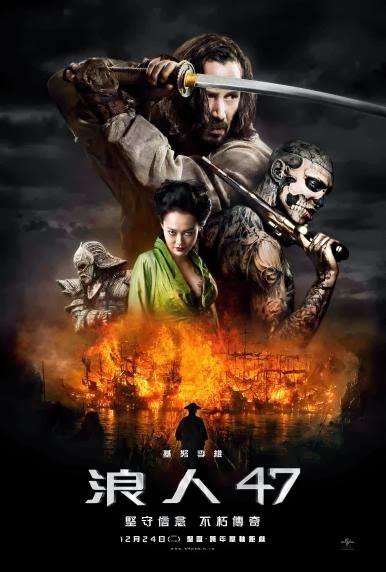
The Japanese sword we often talk about is called "jian" by the Japanese. In Japanese kendo, there are a total of nine swordsmanship moves: Tang Zhu, Kasaya Zan, Reverse Kasaya, Left, Right, Left 切上, Right 切上, 逆风, and 刺突. These terms may seem unfamiliar, but in fact, they are no more than these few: a direct slash on the head, a diagonal slash, a sweeping slash, a downward flick, a forward thrust, etc. But why is its power so great?
Technically speaking, first of all, the curvature of the Japanese knife itself conforms to the principles of engineering design and physics. Holding the knife with both hands enables one to freely display the maximum cutting range from various angles as desired. Secondly, the blade of a Japanese knife has a sharp bevel, combined with a thick blade body, resembling a wedge, which is most suitable for cutting. For flesh and blood, such a swift and powerful weapon can definitely deal a devastating blow.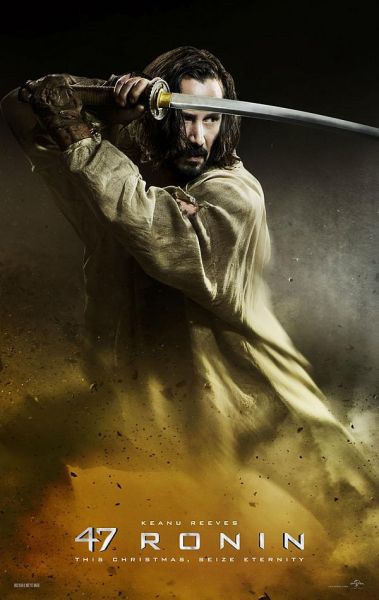
In ancient China, there was no two-handed swordsmanship. The swords of the Ming Dynasty's official and military forces were all short, and even long spears had wooden handles, which could easily be cut in two at once. In the "Brief Account of the Japanese Rebellion", it is recorded: "A thief came out of the outpost. Our troops gathered their guns and attacked him. The thief slashed his sword, and more than ten guns were snapped. All the soldiers fled bare-handed to one place."
In fact, no matter how sharp a Japanese knife is or how magical its cutting skills are, they are all just superficial. The official troops of the Ming Dynasty were not defeated by the Japanese swordsmen, but by the fierce and valiant Japanese pirates who, in every battle, would stand alone with their bare bodies and charge forward with their swords.
The scholars and officials of the Ming Dynasty were all deeply moved by the bravery of the Japanese and the weakness of the Chinese: "The Japanese are fond of killing. There is no family or individual who does not keep a sword. Children learn it and grow strong and proficient in it." And our great HEAVEN, THE GREAT unity, THE rites of pottery and music, YANWU has been long, the people do not know the soldiers 欤, encounter the CLOWN as a strong enemy."
Zheng Ruozeng once compared the gap between the official army and the Japanese pirates with some irony: "Close combat is the strength of the Japanese pirates, not something that the Chinese people can easily defeat." Although I have many arquetry, I can't win. Why? The Japanese have forgotten their lives. My troops, at the sight of them, run away in fear. Sometimes lead balls fall to the ground, and sometimes the medicinal thread fails. My hands drop and I feel dizzy, looking up at the sky.
This statement was very clear. On one side, it was "the Japanese have forgotten their lives", and on the other side, it was "Our troops fear and flee at the sight of them". The outcome can be imagined.
There were countless famous and refined scholars in ancient China who were fond of Japanese swords. In the Song Dynasty, Ouyang Xiu wrote "The Song of Japanese Swords" to praise the Japanese folk customs. In the Ming Dynasty, Tang Shunzhi wrote "The Song of Japanese Swords" to express his feelings. However, it was Qiu Jin's "The Song of Red-Haired Swords" in the late Qing Dynasty that hit the nail on the head: "Self-strengthening lies in man, not in tools. How can a mere sword be worth being bold?"
The terrifying weapon that often appears in Hollywood blockbusters the Japanese samurai sword
